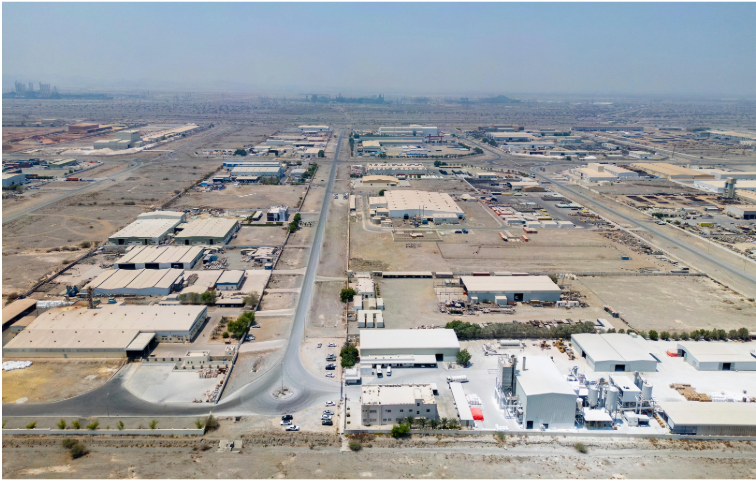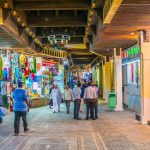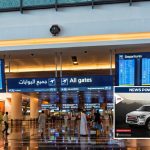MUSCAT : Eng. Dawood bin Salim Al Hadabi, CEO of the Public Establishment for Industrial Estates “Madayn”, affirmed that the remarkable growth and expansion witnessed across the Sultanate’s industrial cities today represent an extension of the deep-rooted industrial march dating back thousands of years. “The foundations of the modern Omani industry were unfolded during the Al Busaidi Dynasty, as historical resources reveal that the shift from traditional to modern industry began gradually starting from 1744 under the leadership of Imam Sayyid Ahmed bin Said Al Busaidi, founder of the Al Busaidi State. This shift is attributed to the expansion and openness that the Sultanate witnessed during his era and the subsequent periods across economic, social, and cultural spheres,” Al Hadabi noted.
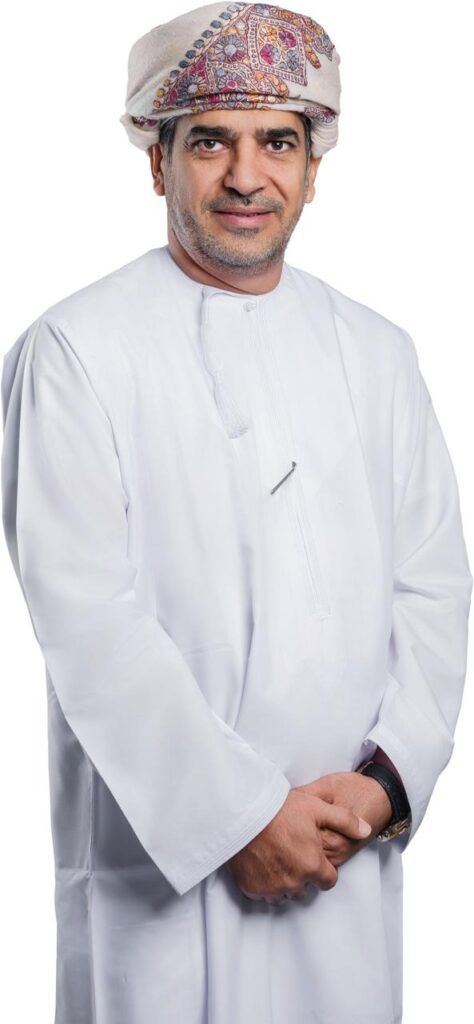
“This progress led to the emergence of new industries in various sectors such as shipbuilding, metals, food production, and perfumes. This legacy evolved further with the dawn of the modern Renaissance in 1970, as the Sultanate embraced institutional reforms, adopted advanced technologies, and opened new horizons for the Omani products in global markets,” he said.
He added, “His Majesty Sultan Haitham bin Tarik has given distinguished attention to the industrial sector under the Renewed Renaissance, as reflected in the modernisation of investment-related laws and regulations, and the continued establishment of a robust infrastructure that includes ports, airports, and newly developed industrial, economic and free zones, in addition to an extensive network of expressways linking the Sultanate’s governorates. His Majesty’s vision also encourages investment in emerging sectors, paving the way for broader horizons and promising prospects for the industrial sector.”
Read More
- Oman’s banking sector enters a new digital era, reshaping finance, inclusion, and economic growth
- Islamic banking sector assets rise to RO 9.2 billion in Oman with year-on-year growth
- Muscat Stock Exchange breaks 5,700 barrier as local funds drive strong market rally
- Oman’s banking sector posts strong growth in September 2025 as credit, investments, and deposits climb
- Oman’s refinery output rises nearly 10% as fuel and petrochemical production climbs
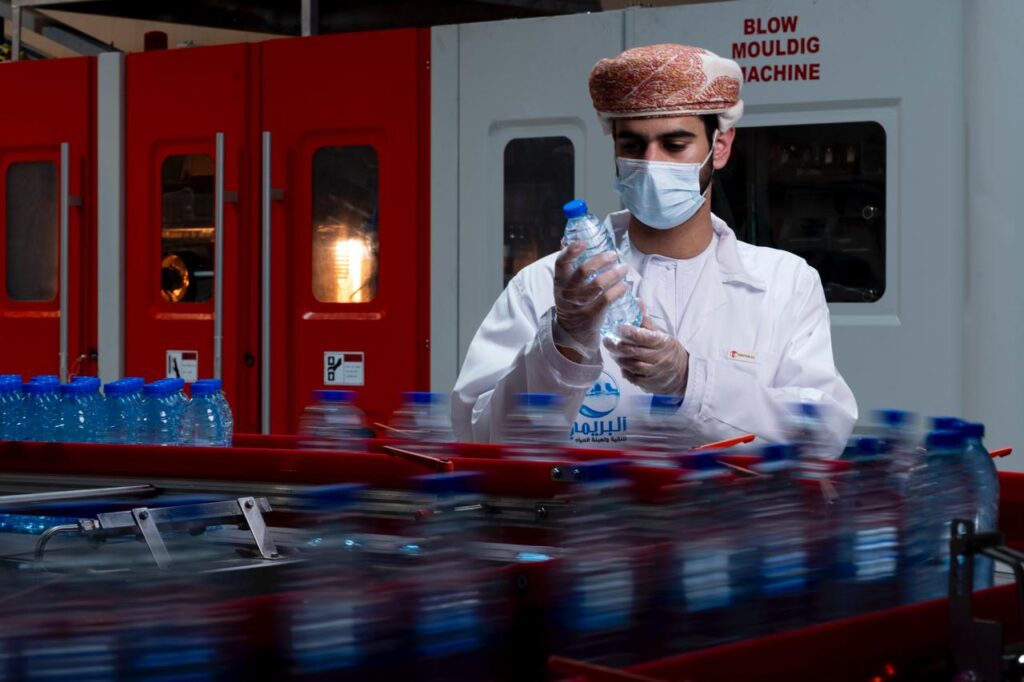

Growth Indicators
Al Hadabi pointed out that Madayn recorded notable growth across all performance indicators by the end of the first half of 2025. “The total cumulative investment volume touched around RO 7.8 billion, reflecting a 2% increase compared to the same period in 2024. Additionally, the total number of projects reached 2,095, representing a 3% rise, while the total number of contracts climbed to 2,385, exceeding a 3% increase. Moreover, the total leased area across all industrial cities, Knowledge Oasis Muscat and Al Mazunah Free Zone reached 34.6 million sqm with a growth percentage of 2%, equivalent to 68% of the total developed area of 61.6 million sqm. During the same period, Madayn received 215 new investment applications and signed 124 new contracts with a combined investment value exceeding RO 80 million, covering more than 895,000 sqm,” Al Hadabi remarked.
Tenth Five-Year Development Plan (2021–2025)
The CEO of Madayn highlighted that under the Tenth Five-Year Development Plan (2021–2025), Madayn implemented a series of strategic projects designed to enhance the investment environment and promote sustainability across the Sultanate’s governorates. These included the development of Phase 1 of Ibri Industrial City covering 3 million sqm; infrastructure and services project for Mahas Industrial City on 1.4 million sqm; consultancy and design services for Madayn Entrepreneurial Complexes in Al Rusayl, Nizwa, Mahas, Al Suwaiq, and Madha Indusrtrial Cities; and infrastructure works for Phase 7 of Suhar Industrial City spanning more than 8.5 million sqm. Additionally, Madayn conducted comprehensive surveys and aerial mapping of its industrial cities using advanced drone technology.
Al Hadabi commented that the Tenth Five-Year Development Plan also witnessed a major institutional and technological transformation across Madayn, transitioning from traditional operations to an integrated model of excellence and digital governance. Through the adoption of the EFQM Excellence Model, Madayn achieved Level 2 recognition from the European Foundation for Quality Management. In this regard, key digital initiatives were launched include the IFS Cloud ERP system, ESRI ArcGIS platform, Masar eServices platform, internal services platform, Durbah eLearning platform, internal platforms such as “Your Opinion Matters” and the “Unified Channel”, in addition to the redeveloped official website of Madayn. These projects have significantly strengthened the readiness, security, and reliability of the systems to the highest standards.
Eleventh Five-Year Development Plan (2026–2030)
Looking ahead, Al Hadabi emphasised that Madayn is finalising its strategic roadmap for the Eleventh Five-Year Development Plan (2026–2030), aligned with the priorities of Oman Vision 2040. “The plan defines Madayn’s role as a key national enabler within the competitive economy pillar and as a strategic partner in promoting sustainable environmental practices. The plan also reflects Madayn’s role in bridging sustainable economic growth with responsible production, in addition to focusing on the Oman Vision 2040’s priorities, comprising the Development of Governorates and Sustainable Cities; Private Sector, Investment, and International Cooperation; Economic Diversification and Fiscal Sustainability; Labour Market and Employment; and Leadership and Management,” he elaborated.
In formulating this plan, Madayn has prioritised achieving balanced spatial development that strengthens the competitiveness of the governorates, while empowering the private sector to play an active role in driving the national economy. The plan also focuses on developing leading sectors that advance economic diversification alongside complementary industries, enhancing an attractive labour market for national talents and specialised expertise, and enhancing the sustainability of natural resources through the adoption of renewable energy.
The initial plan encompasses 98 main projects distributed across three strategic tracks: 51 projects in development and operations, 36 projects in institutional excellence, and 11 projects in environmental sustainability. Among Madayn’s upcoming projects in the coming five years are the infrastructure and services project for Phase 1 of Al Mudhaibi Industrial City on an area of 2.5 million sqm; infrastructure and services project for Phase 1 of Al Suwaiq Industrial City on an area of 5 million sqm; infrastructure and services development for Madha Industrial City on an area exceeding 348,000 sqm; development and rehabilitation project for the infrastructure and the detailed masterplan for Al Wadi Al Kabir Industrial City; upgrades in the current services and rehabilitation of infrastructure in Suhar Industrial City (Phases 1–6), development of the marine berth and development of the masterplan in Sur Industrial City; as well as the expansion of the water networks in Raysut Industrial City.
On another front, the Digital Transformation Executive Plan (2026–2030) represents a strategic leap that unifies Madayn’s projects under a comprehensive institutional transformation framework. Preparations for this plan involved extensive analyses of the business environment and the current state of digital solutions, including SWOT and PESTEL models, the identification and prioritisation of challenges, and benchmarking against leading global institutions.
The updated plan aims to implement 105 digital projects across 12 key pillars that cover various dimensions of government digital transformation, including digital readiness, user experience, digital enablement, and digital innovation. The plan also aspires to achieve international recognition for two industrial cities as smart cities, fully automate 100% of priority services with complete integration with government and private bodies, and increase investor satisfaction with the provided e-services to over 85%. This plan integrates advanced technologies such as artificial intelligence, Internet of Things, big data, and renewable energy into the infrastructure of Madayn’s industrial cities.
Besides, the plan sets quality objectives, including the establishment of smart operation centres for real-time performance monitoring, the launch of a unified digital investment portal linking logistics and licensing services, the enhancement of digital skills among the human cadres, and the establishment of an integrated training system in intelligent analytics and AI. The plan further focuses on enforcing national regulations for digital transformation governance and national data, adopting advanced cybersecurity policies, and achieving seamless integration with national government platforms.
Economic Clusters
To maximise the benefits of natural resources and competitive advantages across the Sultanate’s governorates and to attract local and foreign investments towards targeted projects and sectors that enhance GDP growth and promising industries, Al Hadabi informed that Madayn has worked on establishing integrated economic clusters to achieve a qualitative leap in supporting the economic diversification agenda.
Madayn has completed the consultancy services project for the Integrated Mining Economic Cluster in Shaleem area, which includes in its initial stages a detailed masterplan covering approximately 30 million sqm, in addition to a detailed design for a 10 million sqm area serving the oil, gas, and mining sectors. The design focuses on the development of essential infrastructure, facilities, and support services such as roads, water networks, sewage network, and rainwater drainage channels. The project also includes a comprehensive economic and marketing study for the cluster.
Additionally, Madayn has commenced developing the implementation plan for the Integrated Aluminium Economic Cluster in Suhar Industrial City. The detailed plan and performance indicators have been completed and aligned with relevant public and private stakeholders to achieve the cluster’s main objectives. A specialised consultancy firm has also been appointed to conduct a comprehensive study on downstream aluminium investment opportunities, aiming to enhance aluminium-based manufacturing industries, boost ICV, and explore promising investment prospects.
Meanwhile, the Ladayn Polymer Park in Suhar Industrial City has witnessed accelerated growth, driven by rising local and regional demand for various plastic products and supported by the attractive investment environment offered by Madayn. The total investments in the park have reached approximately RO 33.7 million, with more than 181,000 sqm area leased. The park currently hosts 19 investment projects, with some being operational, under construction, or newly contracted ventures.
Madayn’s Value-Added Initiatives
Al Hadabi further stated that Madayn through its enabler arm – the Industrial Innovation Academy –is implementing and managing a range of value-added initiatives designed to strengthen the innovation ecosystem within the industrial sector, empower SMEs, and enhance their competitiveness. These initiatives also encourage major companies to adopt advanced technologies and innovative solutions that support the ICV in line with Oman Vision 2040.
Among the most key initiatives is the Omanisation Programme, implemented in cooperation with the Ministry of Labour, which aims at providing 1,000 jobs annually across the industrial cities. Since its launch, the programme has successfully created more than 3,000 jobs in the various industrial cities. Another key initiative is the ‘Rabt’ Platform, which connects local products with government tenders. The platform has made a significant impact by facilitating the SMEs access to business and investment opportunities through digital integration models that allow direct participation in national supply chains. For instance, the renovation project of the College of Law in the Sultan Qaboos University worth RO 5.75 million, 15% of the value — approximately RO 862,500 — was allocated to factories registered on the ‘Rabt’ platform, reflecting tangible support for the SMEs in local value chains.
Madayn is also coordinating with key government bodies including Oman Investment Authority, Petroleum Development Oman (PDO), and the Public Authority for Special Economic Zones and Free Zones (OPAZ) to include registered suppliers on the platform within the mandatory local tendering lists, and further supporting local industrial investment.
Moreover, the Academy supervises several strategic initiatives, including the ‘Makers Oman Centre’, which provides prototype manufacturing facilities and has trained over 500 graduates in operating modern equipment, supporting manufacturing operations by no less than 90%. The Academy also oversees Intaj Suhar, which offers engineering design, 3D printing, and reverse engineering services to support local industries, reduce reliance on imports, and enable SMEs and factories to develop and prototype their industrial innovations. Additionally, the Academy contributes in supervising the Rising Omani Startup Programme, through which more than 40 startups have been supported, benefiting from 295 training hours and connecting them with local and international funding and investment opportunities.
Al Hadabi also highlighted that as part of its continuous efforts to enhance an ideal work environment rooted in values, excellence, and innovation, Madayn recently launched its Organisational Culture Framework, one of the strategic pillars for achieving its organisational objectives and strengthening its identity. The framework aims to establish an integrated work environment built on core values and institutional behaviours that promote engagement, empowerment, and transparent communication, while also nurturing a culture of innovation and sustainability in the workplace.
Over the next five years, the framework seeks to achieve a range of strategic goals, including reducing routine procedures, encouraging creative and innovative thinking to enhance performance efficiency, and building a flexible work environment that supports adaptability and institutional growth. It also aims to build a culture founded on trust, shared responsibility, and effective communication, while promoting work-life balance to improve job satisfaction and employee wellbeing. Furthermore, the framework focuses on leveraging advanced technologies to accelerate processes and enhance overall work outcomes.
